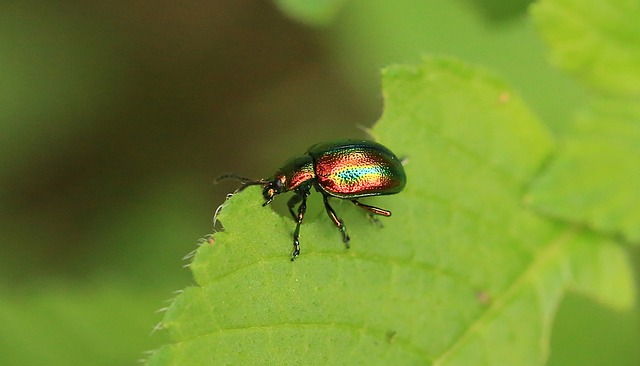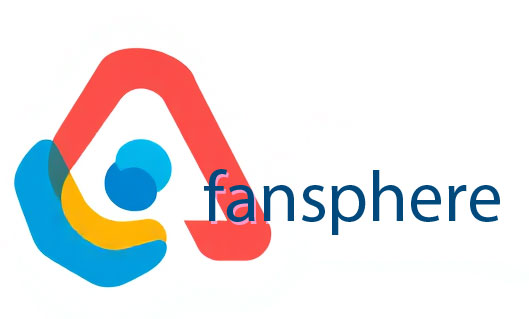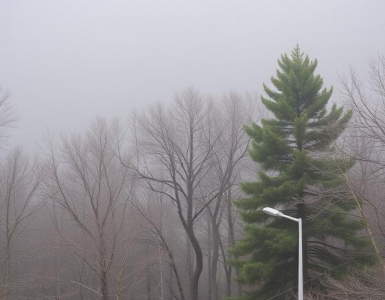At the heart of every rainbow is a dance between sunlight and raindrops. Imagine each raindrop as a tiny prism, capturing light and breaking it into a spectrum of colors. When sunlight hits a raindrop, it bends—this bending of light is called refraction. Think of it like a car that turns sharply upon entering a roundabout. As the light travels into the raindrop, it slows down and changes direction.
But that’s not all! As the light bounces off the back of the raindrop—a second magic moment happens: reflection. This is where the colors, like a box of crayons spilling out, begin to separate. The light then exits the raindrop, undergoing refraction again. This second bend ensures that each color spreads out, producing that stunning arc we see in the sky.

You might be wondering why we always see red on the outer edge and violet on the inside. It’s all about angles! Each color has its own unique wavelength, leading to different bending angles. So, while red light bends the least, violet bends the most, creating that wonderful gradient of hues.
And guess what? You can actually create your own mini rainbows! Just grab a garden hose on a sunny day, spray some water into the air, and watch as those tiny droplets work their magic. It’s like your own little piece of meteorological wizardry right in your backyard!
The Science Behind Rainbows
Rainbows are born when sunlight hits raindrops. Imagine those tiny droplets as little prisms! When light enters a droplet, it bends, or refracts, just like a magician’s wand transforming a dull room into a sparkling wonderland. As the light bounces around inside the droplet, it splits into all the colors of the spectrum—red, orange, yellow, green, blue, indigo, and violet. This bending happens at specific angles, which is why we get that gorgeous arc shape.
But wait, there’s more! As the light exits the droplet, it bends again, creating the distinct separation of colors we see. Just think about how when you mix paints, you usually get a muddled color instead of crisp hues; the same principle applies here, except it’s all about light and angles dancing together harmoniously.
Did you know that every rainbow is actually a full circle? The ground usually gets in the way, hiding the bottom half, but if you’ve ever seen a double rainbow, then you’ve seen that mystical second arc lurking beside the first one. It appears because the light reflects inside the droplet twice before it makes its grand exit. That’s why the colors in a double rainbow are reversed—the universe has a funny sense of humor!
Why Rainbows Appear After Rain
Rainbows are created when sunlight interacts with water droplets in the atmosphere. Imagine the sun as a giant paintbrush, casting its light into a canvas painted with millions of tiny raindrops. When that light meets a drop, it bends, or refracts, as it enters and exits the droplet. It’s almost like a magic trick where light is transformed into a kaleidoscope of colors! This bending of light splits the sunlight into its various colors—red, orange, yellow, green, blue, indigo, and violet. Did you know that this array of colors is actually a spectrum? Just think of it as sunlight being a bit moody and deciding to show off its colorful swag.
Now, for the magic to happen, a few conditions need to be just right. You need the sun shining behind you while the rain is falling ahead. If you position yourself perfectly, boom! A rainbow reveals itself, dancing with vibrant hues against the grey backdrop of lingering rain clouds. It’s like finding a treasure at the end of a storm, reminding us that beauty often comes after a little chaos.
























Add comment